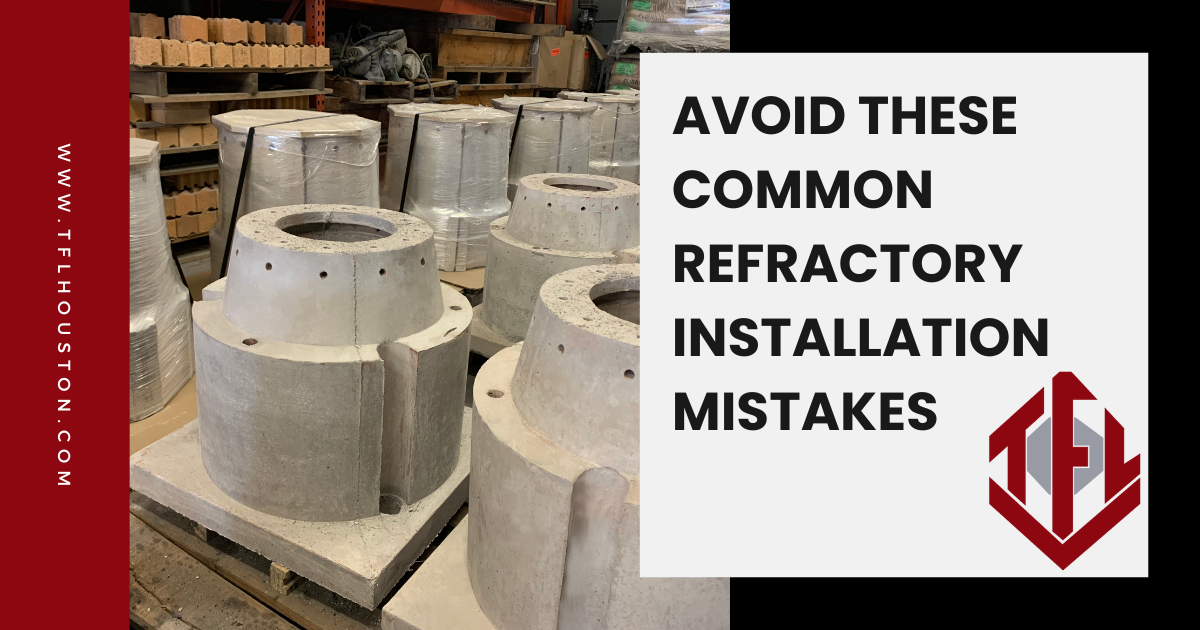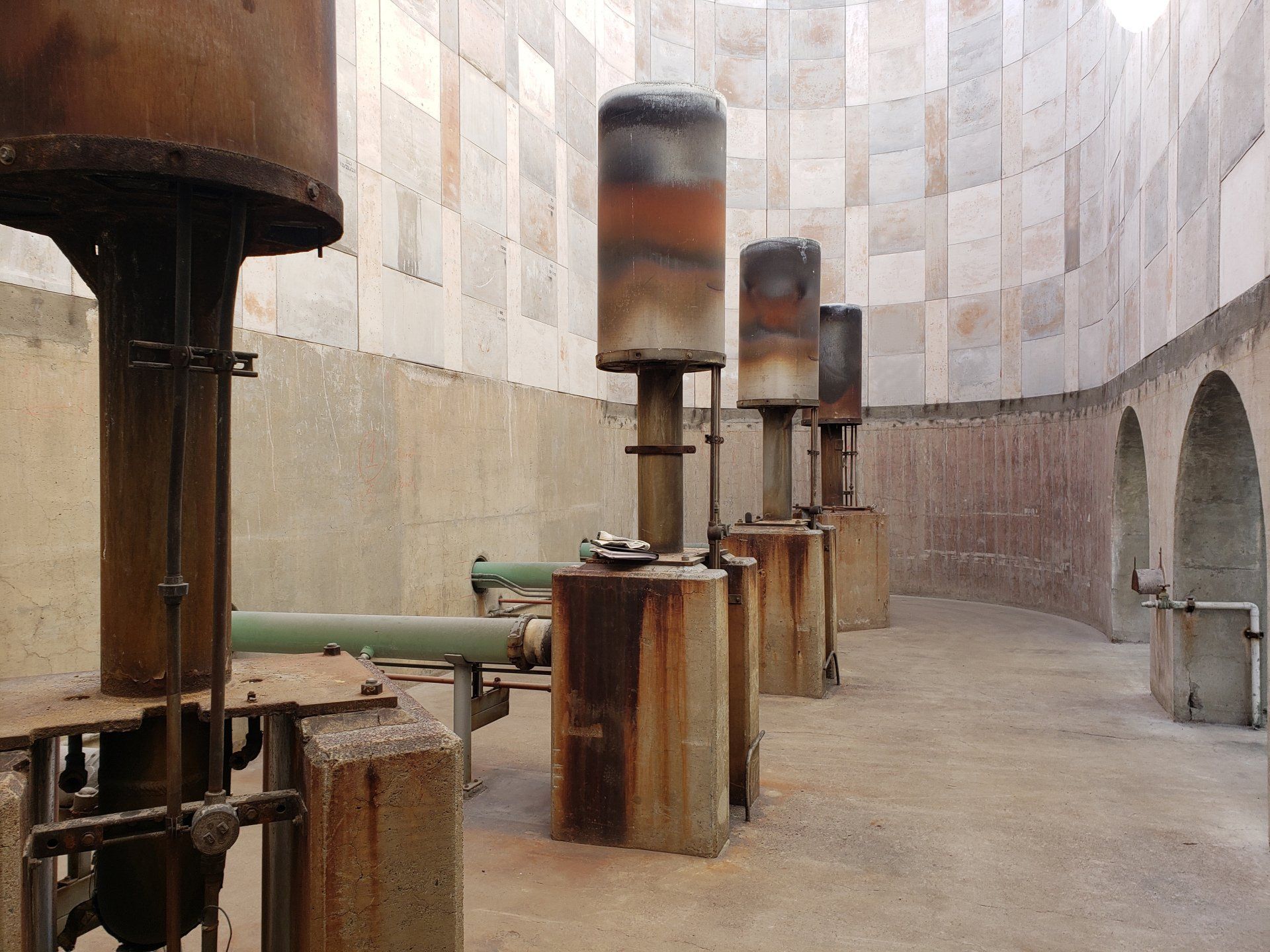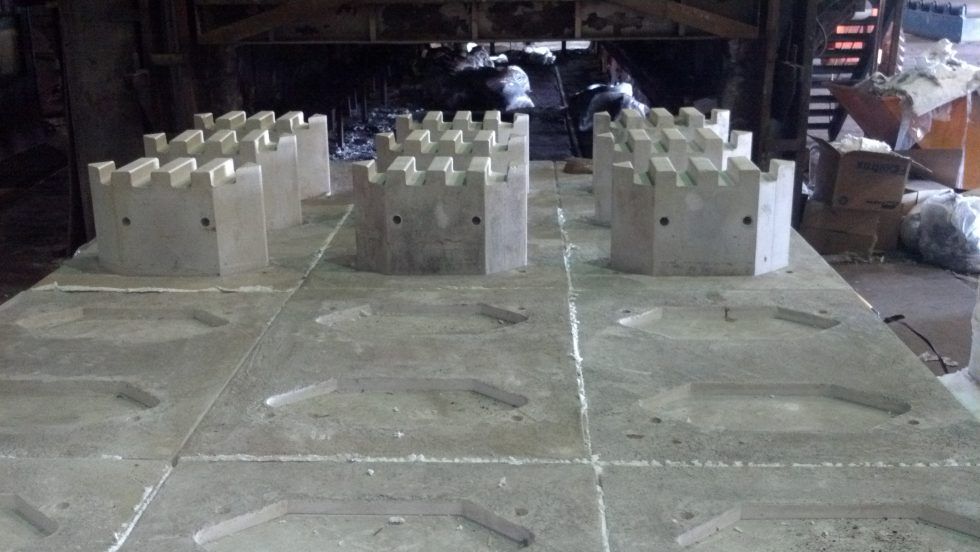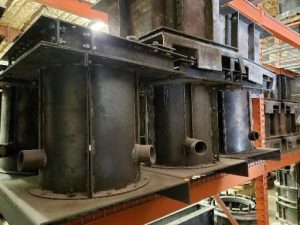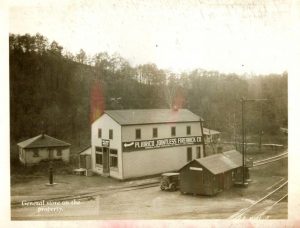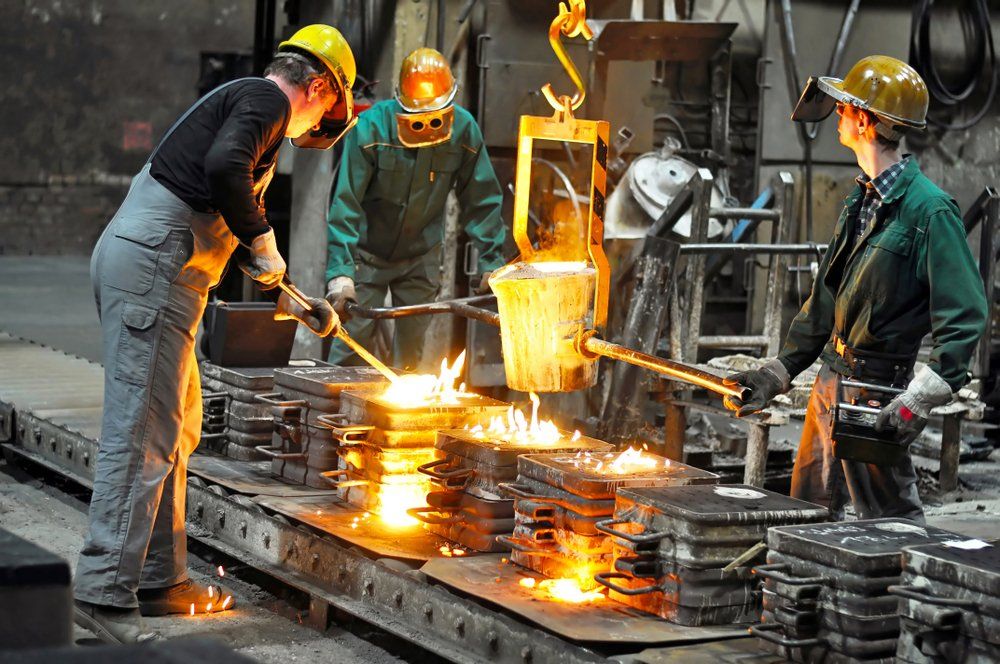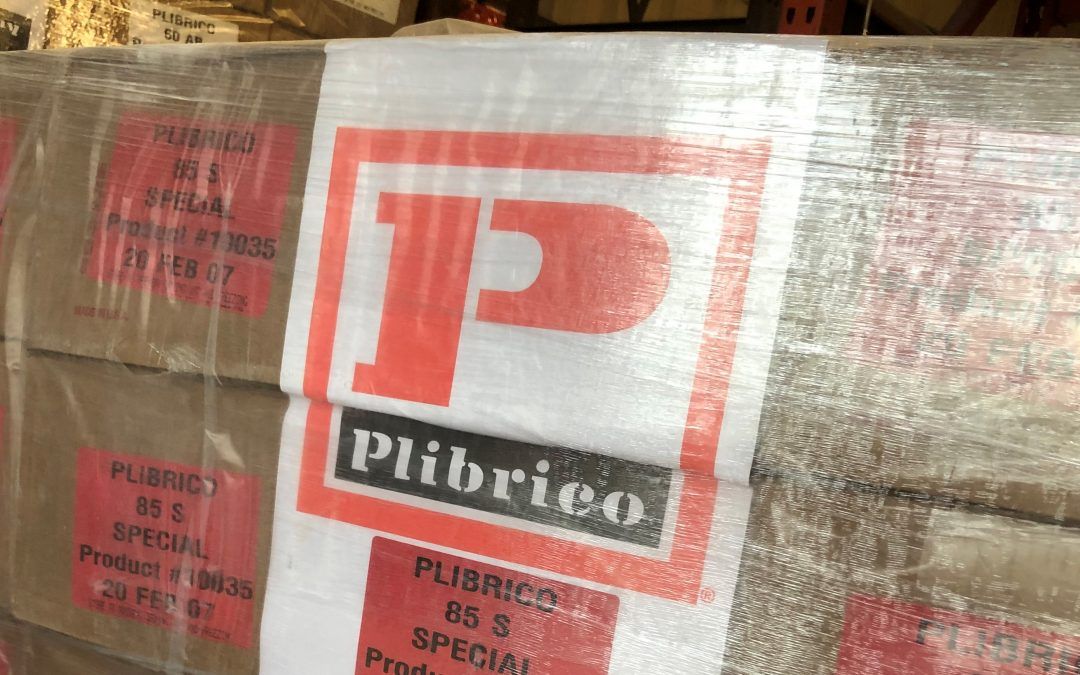Refractories Play a Pivotal Role in Virtually Every Industrial Process
The Rewards of Being a Part of “The Hidden Industry”
The modern refractory industry dates back to the 1860s in the United States and has left an indelible mark on our society. About 34 years ago, the American Ceramic Society commissioned the publishing of the book “ REFRACTORIES: The Hidden Industry, A History of Refractories in the United States, 1860 to 1985 ”. It was authored by historian Corinne Krause, and chronicles the advancements made by refractory pioneers like Thomas Coffin, Hiram Swank, Samuel Harbison, Hay Walker, Allen P. Green, and W. A. L. Schaefer, and the impacts of the companies they built.
Despite their historical significance, refractories are seen and understood by few, and their role is difficult to explain to the average person. Whenever most people hear the word “ refractories ” for the first time, confused expressions are a common response.
Refractories have played an integral part in the development of almost every industrial process – from the forging of primitive hand tools to the lining of launch pads sending spaceships to Mars. In the production of plastics, steel, aluminum, rubber, glass, textiles, and papers, the common denominator is the use of heat-intensive processes that all depend on refractories to be successful.
At TFL, we are proud to build on the foundations of our predecessors and solve refractory problems through creativity and ingenuity. We embrace the responsibility of continuing the illustrious history of our industry, finding solutions where others haven’t looked.
Contact us today for more information about refractories and how TFL can improve your next refractory project!
